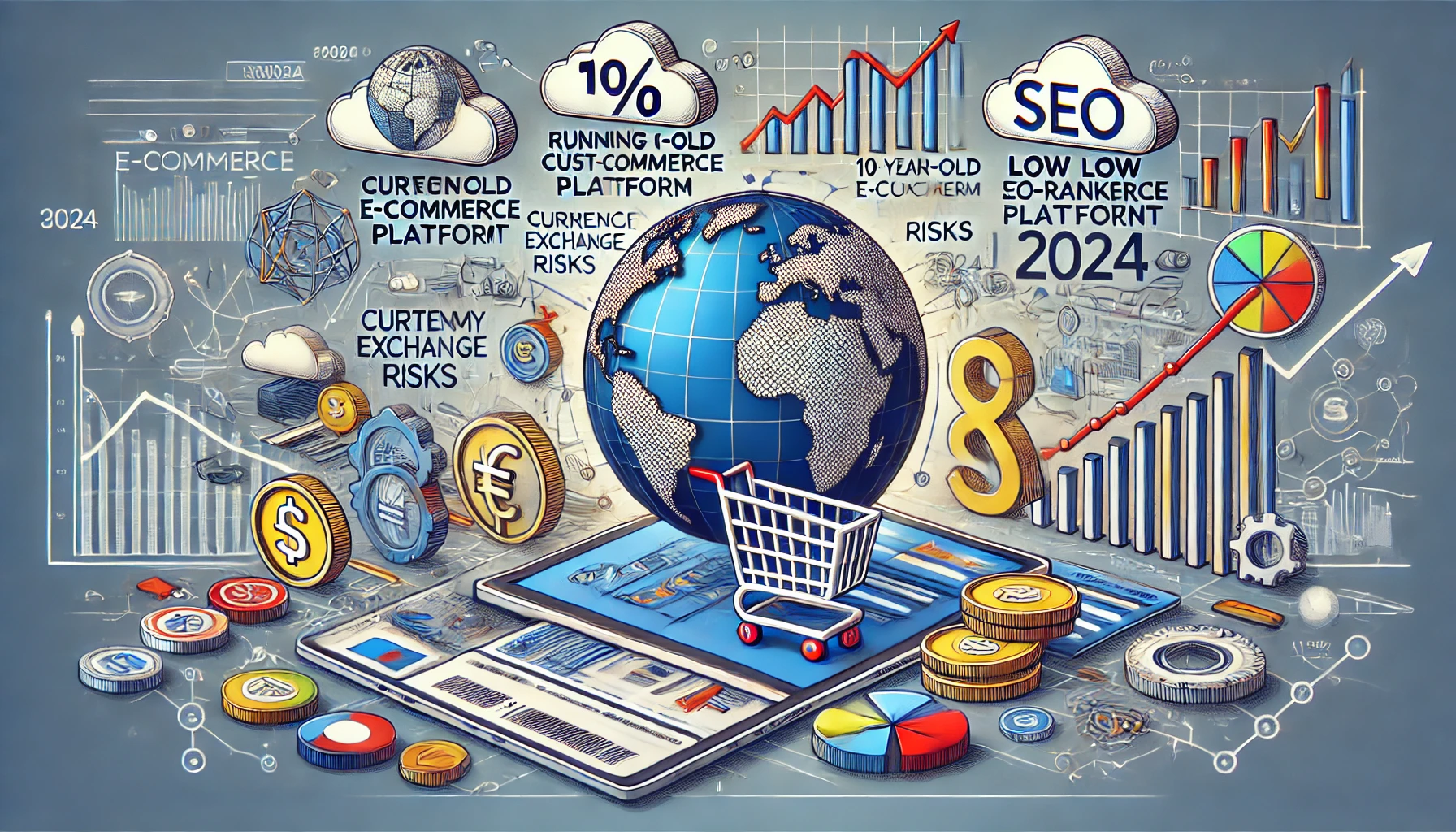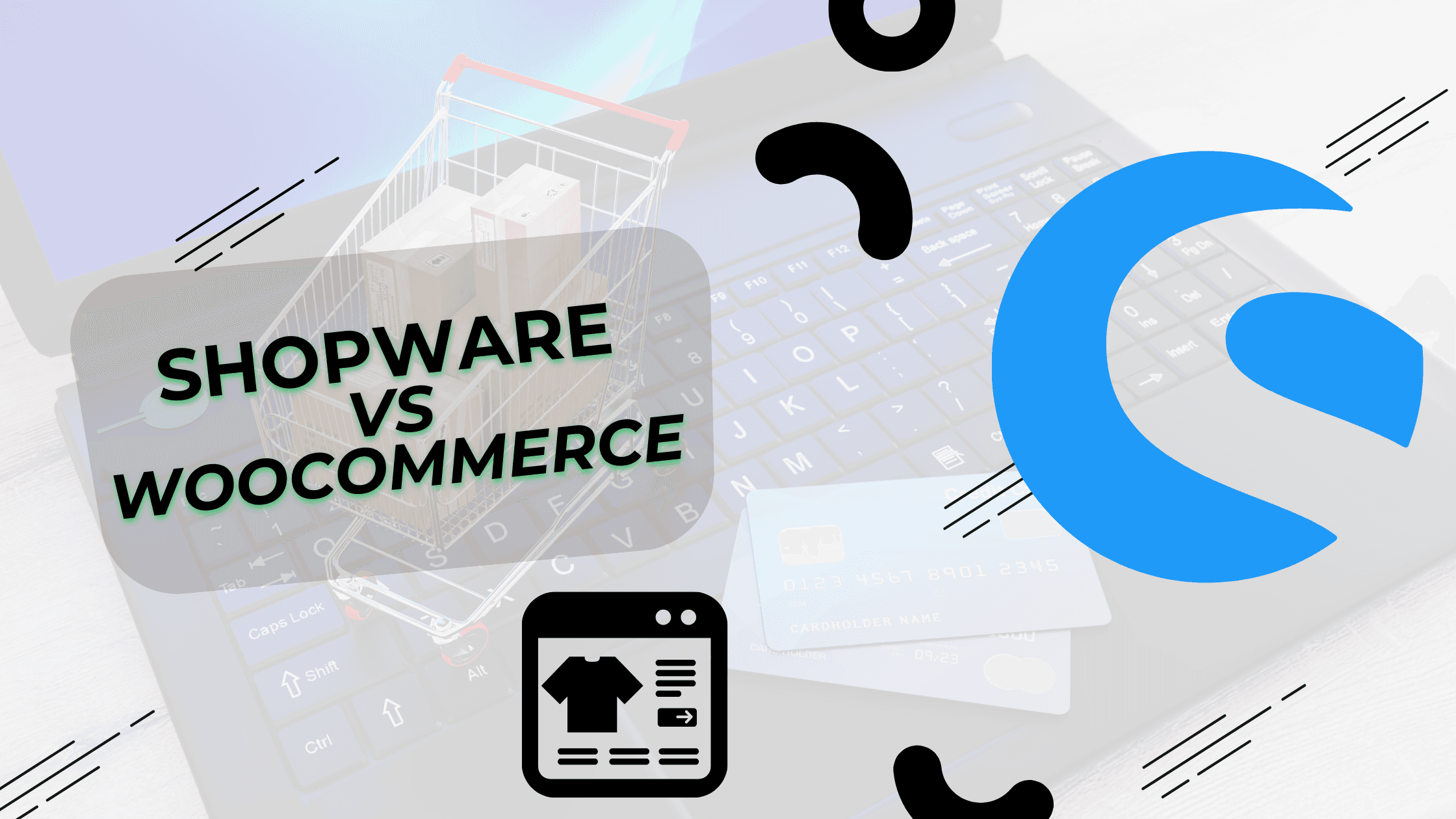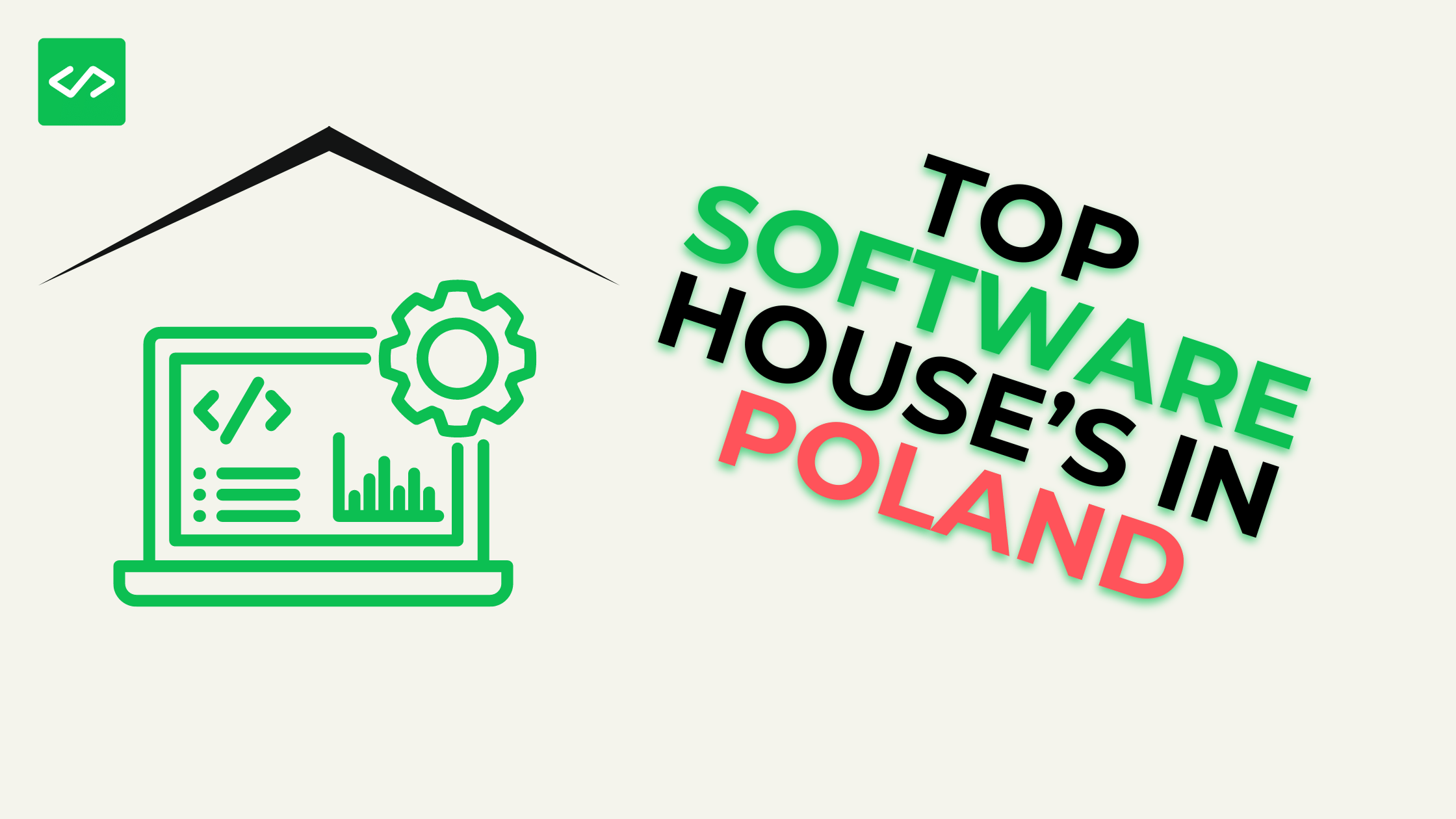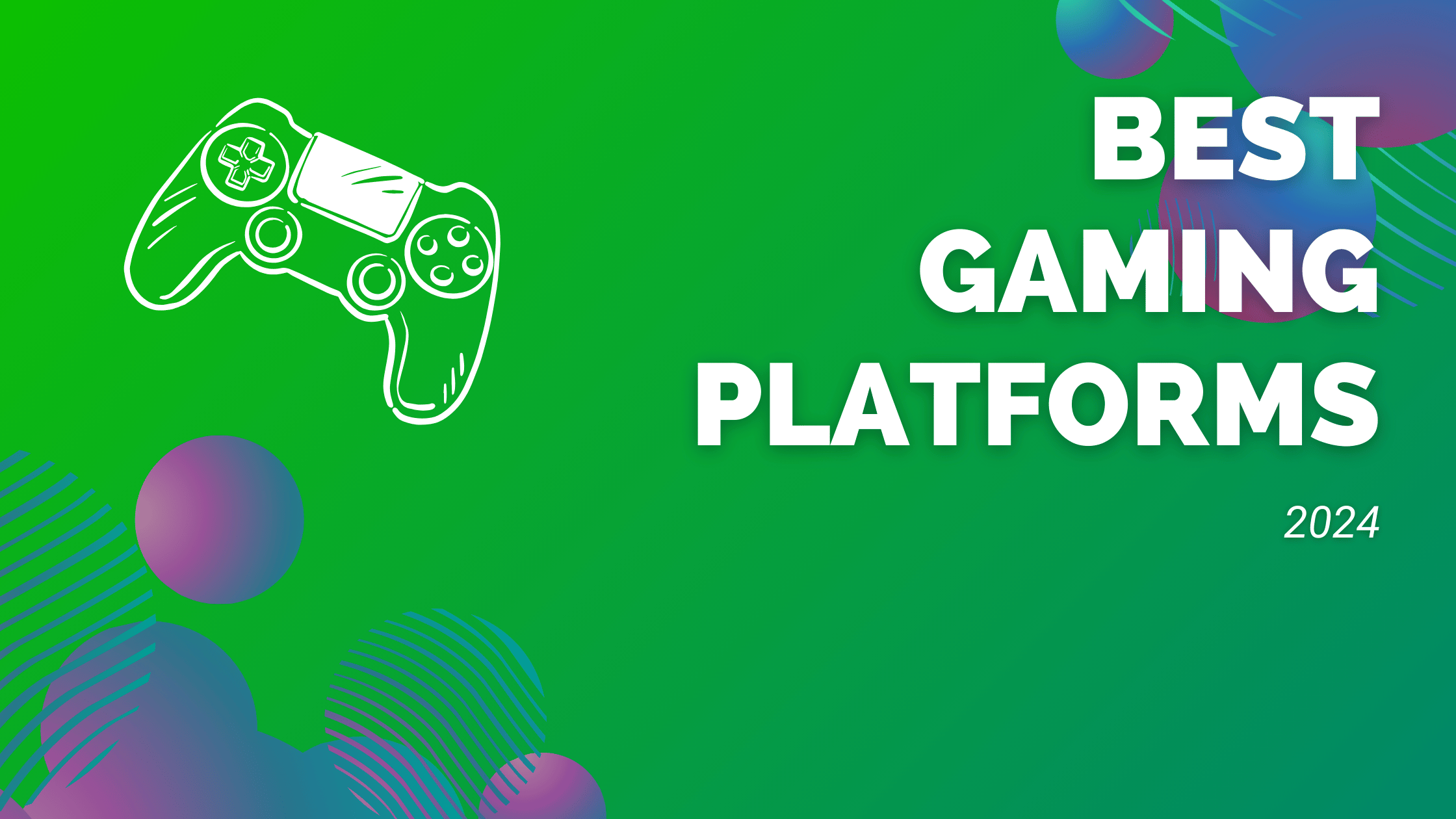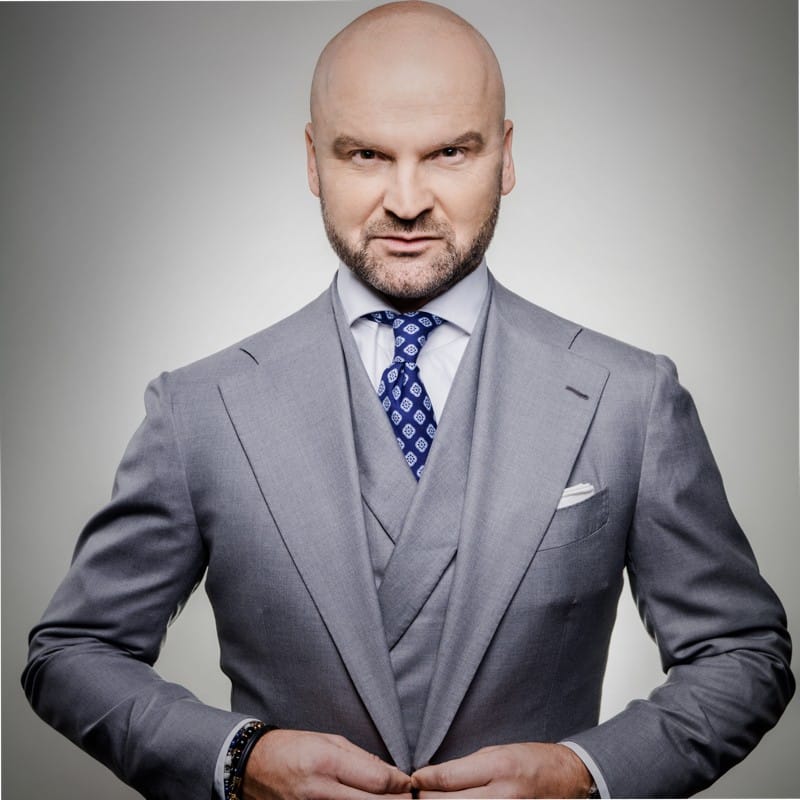SOA: Service-Oriented Architecture – The Architecture of the Future. Lets jump to the content…
In today’s rapidly evolving digital landscape, businesses are constantly seeking ways to improve their software systems’ flexibility, scalability, and efficiency. One architectural style that has gained significant traction in recent years is Service-Oriented Architecture (SOA). This blog post will explore what SOA is, its benefits, and why it’s considered the architecture of the future.
What is Service-Oriented Architecture (SOA)?
Service-Oriented Architecture (SOA) is an architectural style in software design where applications are structured as a collection of loosely coupled, independent services. These services communicate with each other using standardized protocols, typically over a network. SOA enables organizations to build flexible, scalable, and interoperable software systems that can adapt to changing business needs.
Key Principles of SOA
- Loose coupling: Services are designed to be independent and can function without relying on other services.
- Reusability: Services can be reused across multiple applications, reducing development time and costs.
- Standardization: Services use common communication protocols and data formats, such as XML or JSON.
- Abstraction: Services hide their internal complexity and expose only necessary functionality through well-defined interfaces.
SOA vs. Microservices Architecture
While SOA and microservices architecture share some similarities, they have distinct differences:
- Granularity: SOA services tend to be coarser-grained, while microservices are typically more fine-grained.
- Communication: SOA often relies on an Enterprise Service Bus (ESB) for communication, while microservices use lightweight protocols like REST.
- Data management: SOA services may share databases, while microservices usually have their own dedicated data stores.
Implementation of SOA
Implementing SOA involves several key components:
1. Web Services
Web services are the building blocks of SOA. They are self-contained, modular applications that can be described, published, located, and invoked over a network. Common types of web services include:
- SOAP (Simple Object Access Protocol)
- REST (Representational State Transfer)
2. Service Contract
A service contract defines the interface of a service, specifying how it can be accessed and what functionality it provides. This is typically done using WSDL (Web Services Description Language) for SOAP services or OpenAPI (formerly Swagger) for RESTful services.
3. Enterprise Service Bus (ESB)
An ESB acts as a central middleware component in many SOA implementations. It facilitates communication between services, handles message routing, and performs data transformation when necessary.
4. Service Registry
A service registry is a centralized directory that contains information about available services, their locations, and how to access them. This enables service discovery and promotes reuse.
5. APIs
APIs (Application Programming Interfaces) play a crucial role in SOA by providing a standardized way for services to communicate with each other and with external applications.
Benefits of SOA
- Flexibility: SOA enables organizations to quickly adapt to changing business needs by modifying or adding services.
- Reusability: Services can be reused across multiple applications, reducing development time and costs.
- Scalability: SOA allows for easy scaling of individual services as demand increases.
- Interoperability: Services can be written in different programming languages and run on various platforms while still working together seamlessly.
- Improved time-to-market: The ability to reuse existing services accelerates the development of new applications.
SOA Governance
Effective SOA governance is crucial for managing the complexity of service-oriented architectures. It involves establishing policies, procedures, and best practices for service development, deployment, and management. Key aspects of SOA governance include:
- Service lifecycle management
- Version control
- Security and access control
- Performance monitoring
- Service level agreements (SLAs)
SOA and Cloud Computing
SOA and cloud computing are complementary technologies. Cloud platforms provide an ideal environment for deploying and scaling SOA services. The combination of SOA and cloud computing enables organizations to build highly flexible, scalable, and cost-effective software systems.
The Future of SOA
As businesses continue to digitize and modernize their operations, SOA is poised to play an increasingly important role in software architecture. Here are some trends shaping the future of SOA:
- Integration with microservices: Organizations are finding ways to combine the benefits of SOA and microservices architecture.
- Adoption of APIs: The growing popularity of APIs is making it easier to implement SOA principles.
- Serverless computing: This paradigm aligns well with SOA principles and is gaining traction in cloud environments.
- AI and machine learning integration: SOA provides a flexible framework for incorporating AI and ML capabilities into existing systems.
Conclusion
Service-Oriented Architecture (SOA) represents a powerful approach to building flexible, scalable, and interoperable software systems. By embracing SOA principles, organizations can create agile IT infrastructures that adapt quickly to changing business needs. As technology continues to evolve, SOA will undoubtedly play a crucial role in shaping the future of software architecture.
Whether you’re looking to modernize legacy systems, improve application integration, or build new enterprise-wide applications, SOA offers a proven architectural style that can help you achieve your goals. By leveraging the power of loosely coupled services, standardized interfaces, and reusable components, SOA enables businesses to stay competitive in an increasingly digital world. By the way have you seen our Lean Logistics blog?


